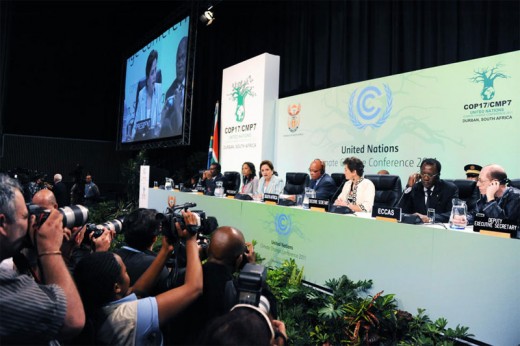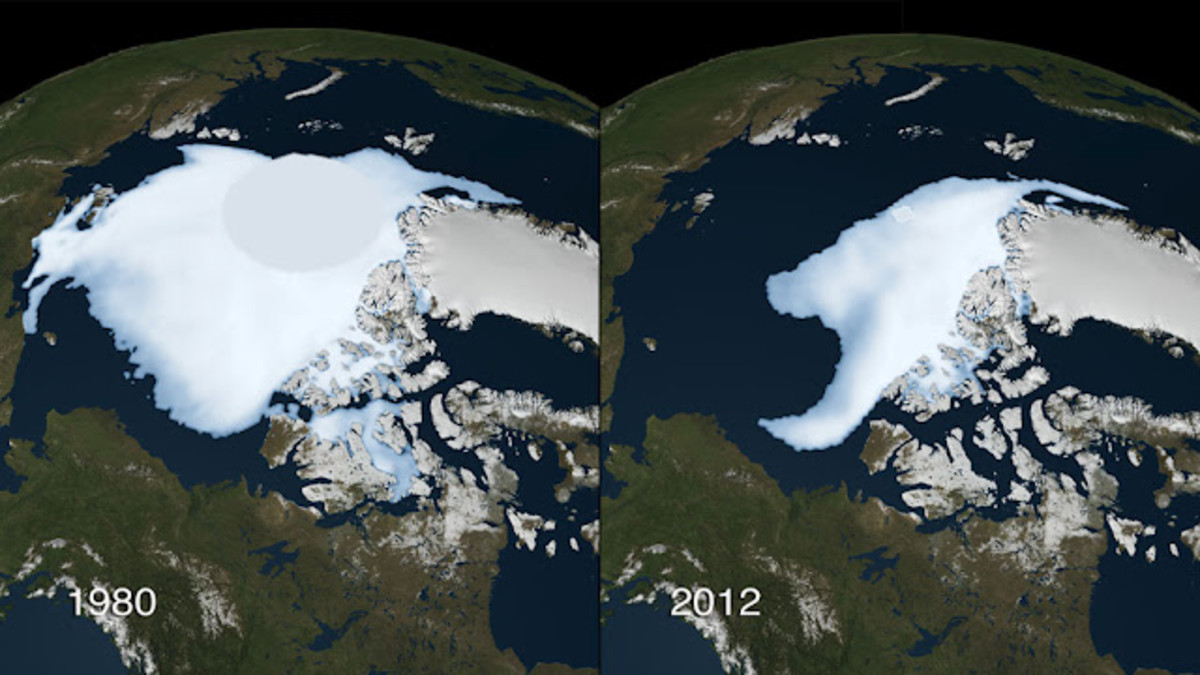Kyoto Protocol: Canada Makes a Pre-Christmas Return

It is not yet Boxing Day, but our neighbor to the North is making a holiday return. After fruitless discussions at the UN Environmental Program conference in Durban, Canada officially renounced its participation in the Kyoto Protocol. This agreement is a product of the United Nations Convention on Climate Change, imposing benchmark limitations on signatories with regard to greenhouse gas (GHG) emissions. Russia – which declared with Japan its non-acceptance of any further limits to its GHGs – applauded the move. Gloom and doom now pervade among global warming true believers.
But what are doom and gloom without bile? In no time, liberal writers blamed their usual default blame-ee:
Canada's widely criticized withdrawal from the Kyoto protocol ends a decade-long saga that began in earnest when former President George W. Bush walked away from the global climate change treaty in 2001.
Here, Reuters Canada declares that W took a perfectly fine pact and ruined it for everyone. The defects of the agreement are not to be addressed under any circumstances, even as the pact unravels. In fact, the problems with the Kyoto Protocol were detailed quite succinctly by the US Senate, which rejected Kyoto pre-emptively by a vote of 95-0, over two years before the Bush presidency. As constituted then, 45 of the senators were Democrats. The sitting president at the time of this repudiation – Bill Clinton – shelved the treaty he negotiated in the face of such opposition. Had he not negotiated supinely, the US and Canada might both be party to the protocol today.
Clinton originally sought “fast track” authority to deal in Kyoto. FTA means Congress can not amend treaty provisions upon submission by the president: an up-down vote is its only recourse. He vowed that countries like China – technically exceeding the US in GHGs – must be bound by the Kyoto Protocol before an American signature would be affixed. When Chinese intransigence asserted itself however, Mr. Clinton folded, perhaps on the premise that a bad agreement was better than none. But bad agreements do not always pass muster as ratified agreements, the unanimous Senate rejection proving the point.
When President Bush verbally criticized the Kyoto Protocol upon taking office, he was merely articulating a policy already in place. However, the sometimes politically tone-deaf 43rd president did not see how many parties to this monstrosity would use his words to blame America when the treaty inevitably died of its own obese burden. What global environmentalists do not admit is that Kyoto was always about punishing America for being prosperous. The very fact that China and India are not regulated by Kyoto is the organic and fatal flaw in the arrangement. Their economies can forge ahead full-steam (or full-wind, if you like) while the US economy is shackled with yet another layer of restrictions.
Canada, Russia and Japan are now wise to Kyoto’s inequities. They should be courageous enough to admit that it was a bad covenant from the get-go. Even the Obama administration has not deviated from the (Clinton and) Bush policy of requiring big developing polluters like China, India and Brazil to pony up with carbon cuts, though President Obama receives little criticism for this. A 2009 climate conference in Copenhagen disintegrated due to this position and China’s refusal to adhere. The best the climateers could get were assertions of voluntary reductions in GHGs.
This brings us to the most recent Conference of parties (COP-17) in Durban. The European Union called for all countries – developed and otherwise – to make significantly more cuts in emissions by 2015. Without such cooperation, EU argues, Europe can not carry the weight of its own Emissions Trading Scheme. The threat was enough to come up with an agreement, but one without teeth, leaving China and India with plenty of – dare I say – breathing room to ignore the parameters of Kyoto. Consequently, Canada saw the writing on the wall. Peter Kent, the Environmental Minister concluded:
To meet the targets under Kyoto for 2012 would be the equivalent of either removing every car, truck, ATV, tractor, ambulance, police car and vehicle of every kind from Canadian roads or closing down the entire farming and agriculture sector and cutting heat to every home, office, hospital, factory and building in Canada.
Previous Canadian governments have known this. Progressives as a species might be much too vain to admit to the wisdom of the hated George W. Bush. Fine. Consider the enlightened position of 45 Democratic senators from the 105th Congress, who saw Kyoto for what it was back in 1997: an ineffectual program to promote environmental quality by stifling economic growth in the west.






